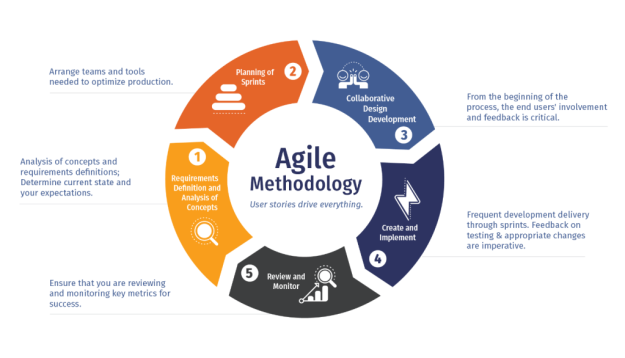With the constant updates that software can endure, there have been schemes that help track each update. Software versioning is the process of assigning either unique version names or numbers to unique states of computer software. This allows programmers to know when changes have been made and track them. There are several different types of versioning schemes, including name versioning, basic versioning, and internal and external versioning.
Name based versioning identifies software with words and labels rather than a numerical value. This is usually less structured than some of the numerical versioning systems. A basic versioning scheme uses simple, numeric values to track changes. While it is simple and easy to understand, it may not provide detailed information about the nature of the changes with previous versions. Internal versioning, also known as internal build numbers, is used within an organization or for internal purposes to track and manage different iterations. This is separate from external versioning, which is used to communicate with users. The versioning scheme we have started to learn about in class has been semantic versioning. This is a format that I have seen before, but personally did not know much about how exactly the scheme works.
Semantic versioning, also referred to as SemVer, is a versioning system that has the ability to provide a universal way of versioning software development. It is represented by a 3-component number (X.Y.Z) to represent the three different software releases. The Z value indicates the releases for bug fixes, with no functionality changes coming in these updates. Y shows a minor version update where a new functionality is introduced. When increasing the Y value after an update, you must reset the Z value back to 0. The X value denotes a major version, which breaks the current API. It is helpful to split up the different updates that the software endures in this manner so that the user knows the importance of each change.
There are advantages that SemVer brings to software development. It is a fairly simple scheme which provides the ability to track every transaction and help manage dependencies. This also helps the user to identify the risk of taking on the updated packages. It is a very valuable option for version management, especially when it relates to open-source and collaborative development environments.
Semantic versioning and impact of breaking changes in the Maven repository – ScienceDirect
From the blog CS@Worcester – Jason Lee Computer Science Blog by jlee3811 and used with permission of the author. All other rights reserved by the author.



